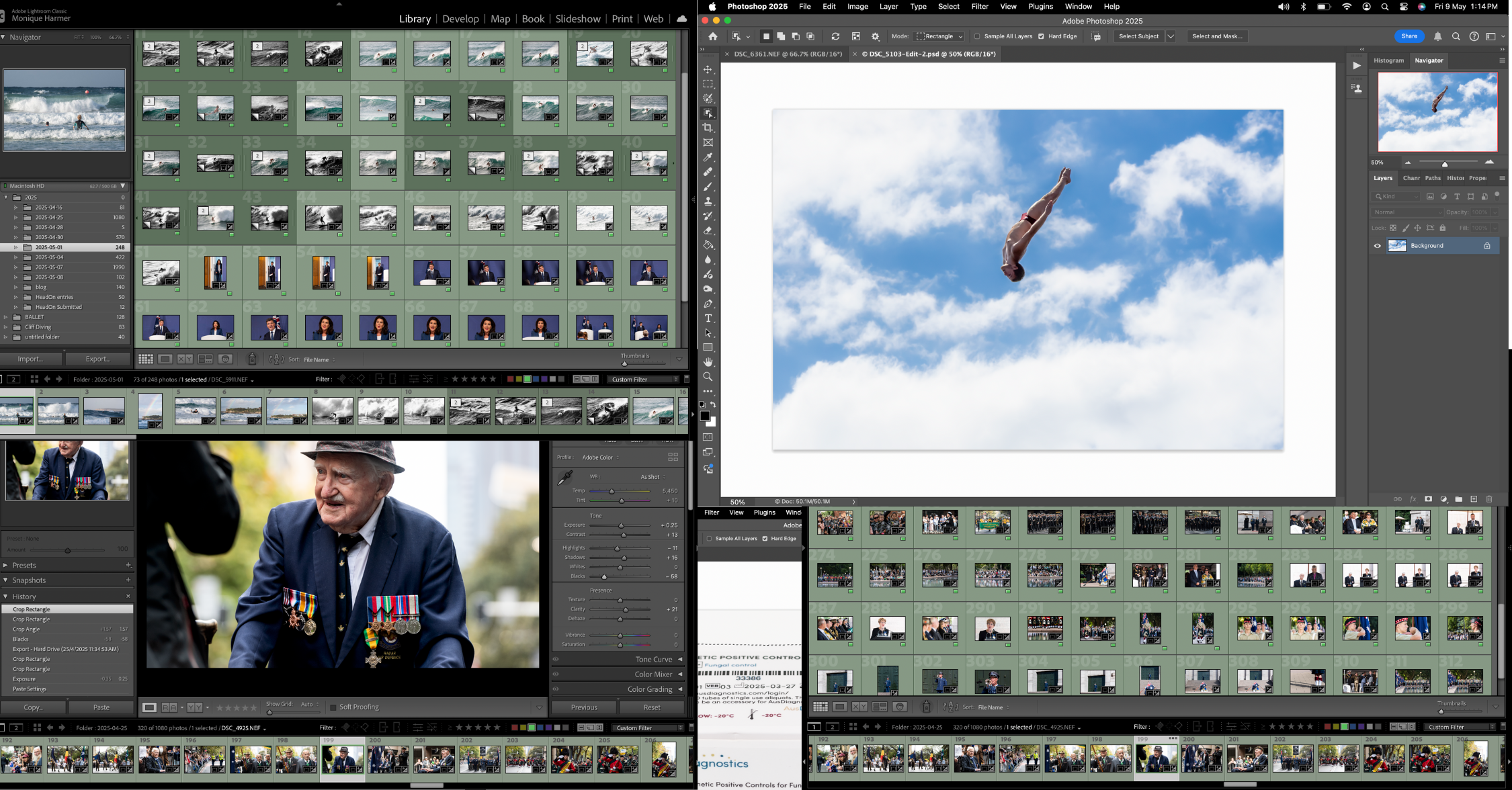
Edit Photos Like a Pro Lightroom Photoshop 2025
Mastering Creative Control📸 How to Edit Photos Like a Pro in Lightroom & Photoshop (2025 Creative Photographer’s Guide) How do
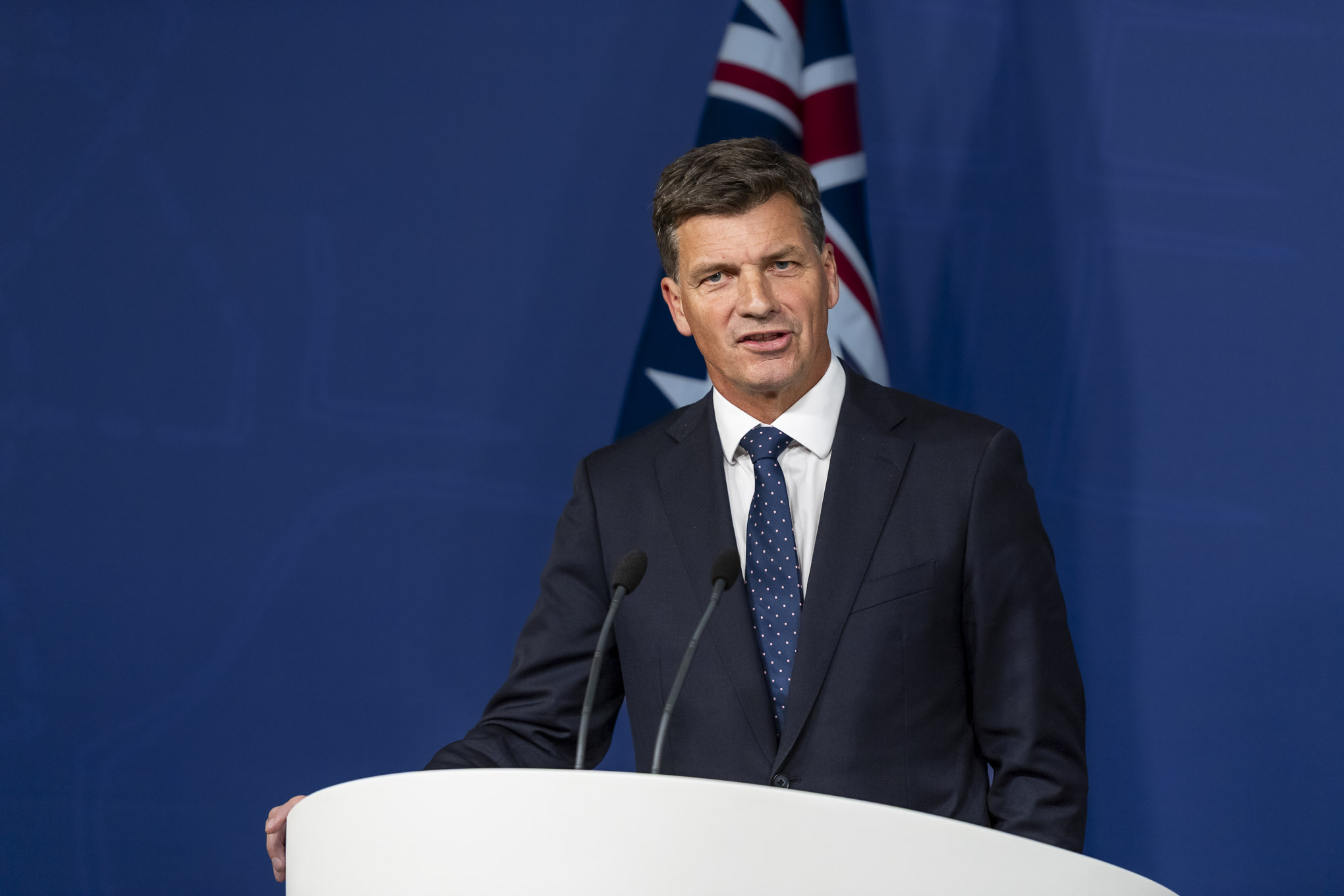
Low-light photography can be a creative playground or a technical challenge—often both. Whether you’re capturing the ambiance of a candlelit dinner, shooting a concert, or chasing city lights after dusk, the right camera settings can make or break your shot.
In this guide, I’ll walk you through the best camera settings for low-light conditions, both with and without flash—so you can create sharp, atmospheric images no matter the lighting scenario.
Low light evokes mood, drama, intimacy, and mystery. It teaches us how to control light rather than rely on it, making us more intentional photographers. But it also demands a solid grasp of your gear’s settings and capabilities.
So whether you’re working with available light or adding your own with flash, here’s how to get the most out of your camera.
When you’re not using a flash, you’ll rely heavily on your camera’s sensitivity to light and how long it allows light to enter. Here’s where to start:
1. Use a Wide Aperture (f/1.4 – f/2.8)
Tip: Prime lenses like a 50mm f/1.8 or 35mm f/1.4 are ideal for low light.
2. Increase ISO (800 – 6400 or higher)
Tip: Try ISO 1600 as a baseline and adjust based on results.
3. Slow Down Shutter Speed (1/30s – 1/100s)
Tip: Use image stabilization (VR/IBIS) if your lens or camera body has it.
4. Use Manual or Aperture Priority Mode
Flash gives you the power to shape light exactly how you want it, but it should enhance—not overpower—the scene.
1. Use Low ISO (100 – 400)
2. Aperture: Control Depth of Field
3. Shutter Speed: Balance Ambient Light
Tip: Try “dragging the shutter” by using 1/30s to let in background light and avoid the “flash look.”
4. Use TTL or Manual Flash Mode
5. Modify Your Flash
Low-light photography is not just a technical skill—it’s a creative superpower. It allows you to reveal stories that others miss in the shadows.
Mastering your camera settings, with and without flash, empowers you to shoot confidently in any condition. So next time you’re out at night or indoors with dim lighting, embrace the challenge.
You’re not just capturing what’s visible—you’re illuminating what’s possible.
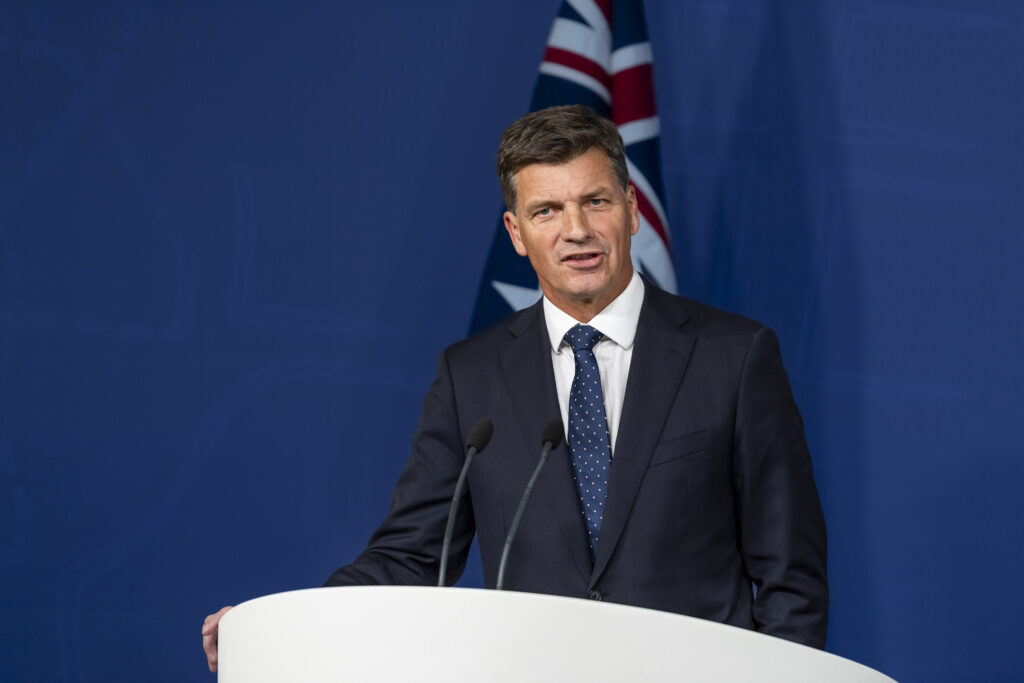

Sign up for my newsletter for exclusive tutorials, gear guides, and behind-the-scenes insights from the field.
Sign up for my newsletter for exclusive tutorials, gear guides, and behind-the-scenes insights from the field. Or check out my upcoming photography workshops designed for beginners looking to level up.
PS, If you found this helpful please let me know by leaving a comment below and sharing on social.
PPS, If you are struggling with anything photography related feel free to email or message me I’d love to help out anyway I can.
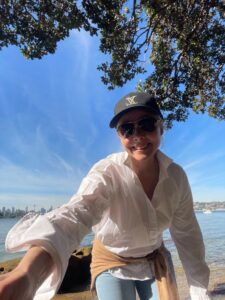
Professional photographer capturing powerful stories—from ballet backstage to press assignments and brand shoots. I share real-world insights to help you grow your skills and define your visual voice.
No spam, notifications only about new blogs & updates.

Mastering Creative Control📸 How to Edit Photos Like a Pro in Lightroom & Photoshop (2025 Creative Photographer’s Guide) How do
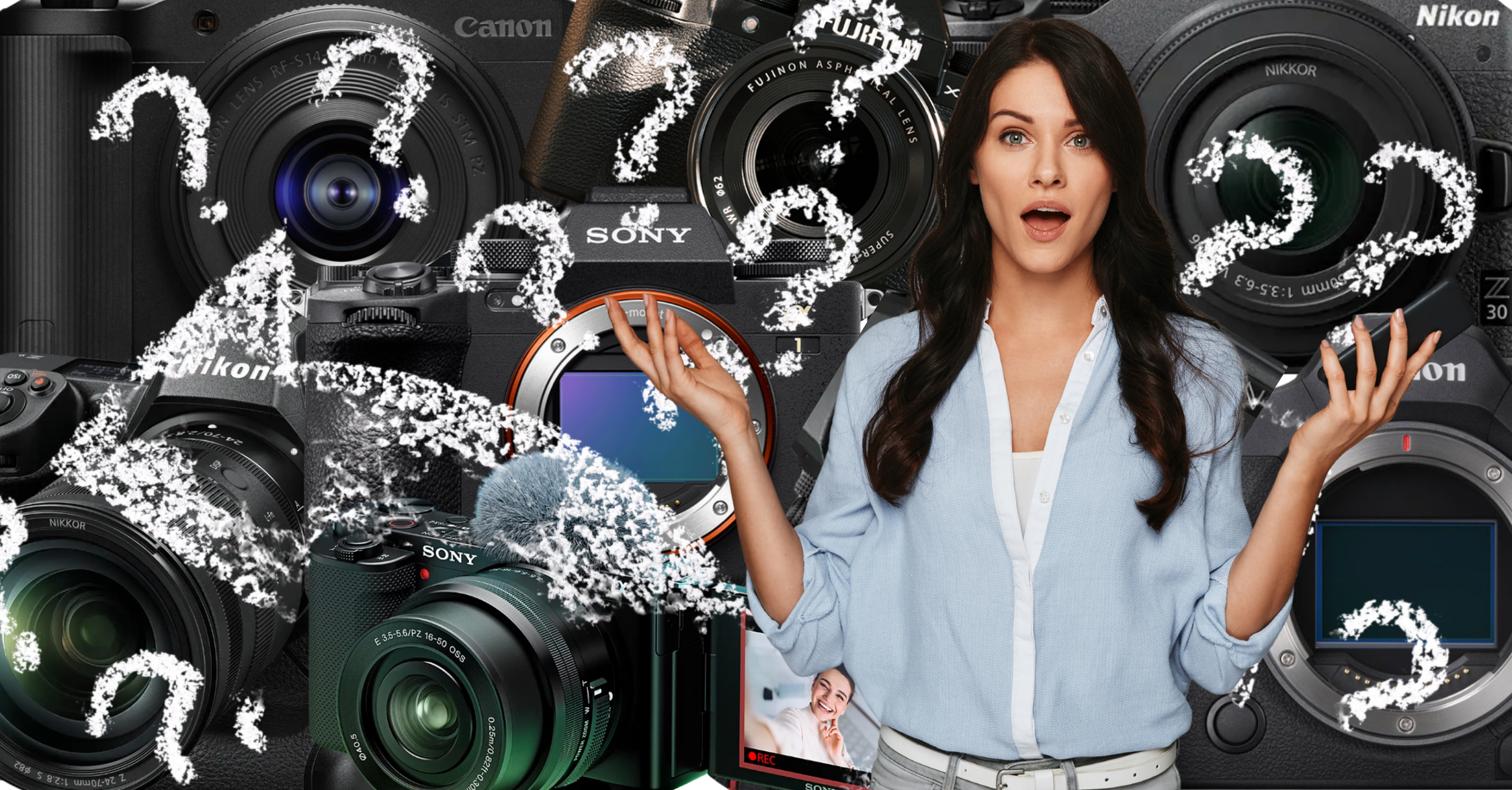
DSLR vs. Mirrorless in 2025: Which Should You Choose and Why It Matters In the fast-evolving world of photography, choosing
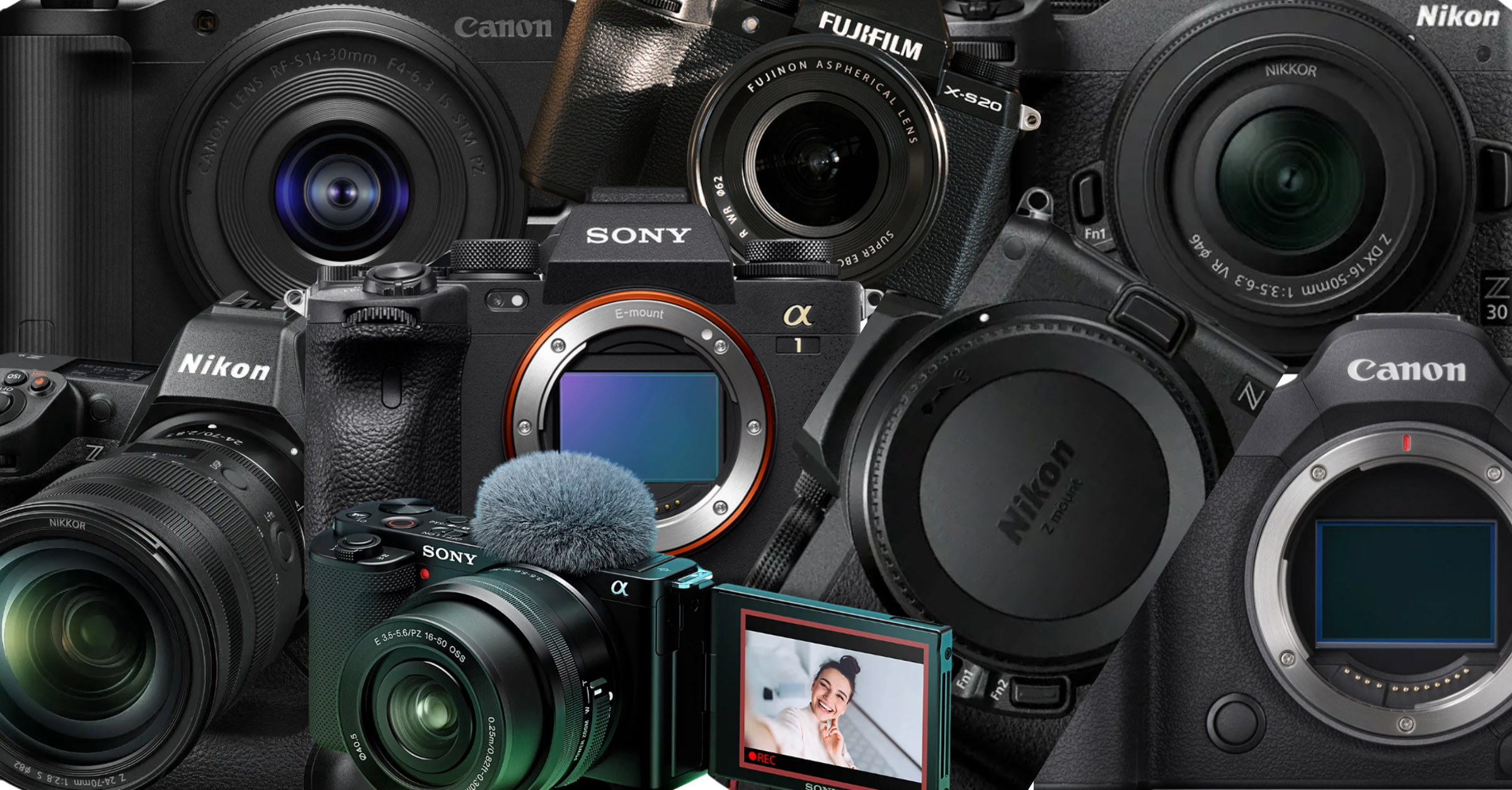
🔹 Best Cameras for Beginners (2025) 1. Canon EOS R50 Why: Compact, lightweight mirrorless with strong autofocus and image quality.

Mastering Low-Light Photography: Best Camera Settings With and Without Flash Low-light photography can be a creative playground or a technical
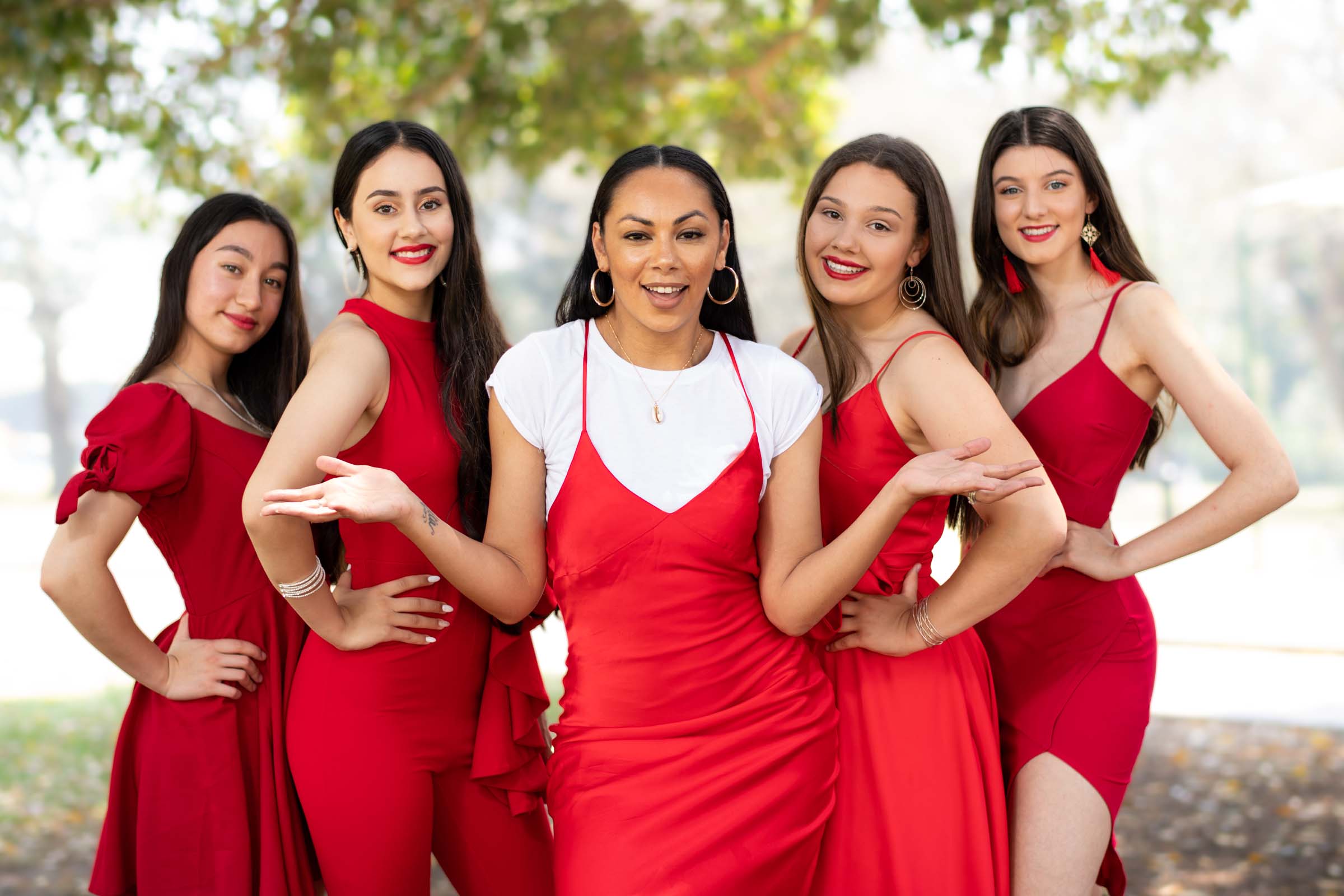
The Power of Open Body Language in Photography When it comes to capturing natural, powerful portraits, body language speaks louder
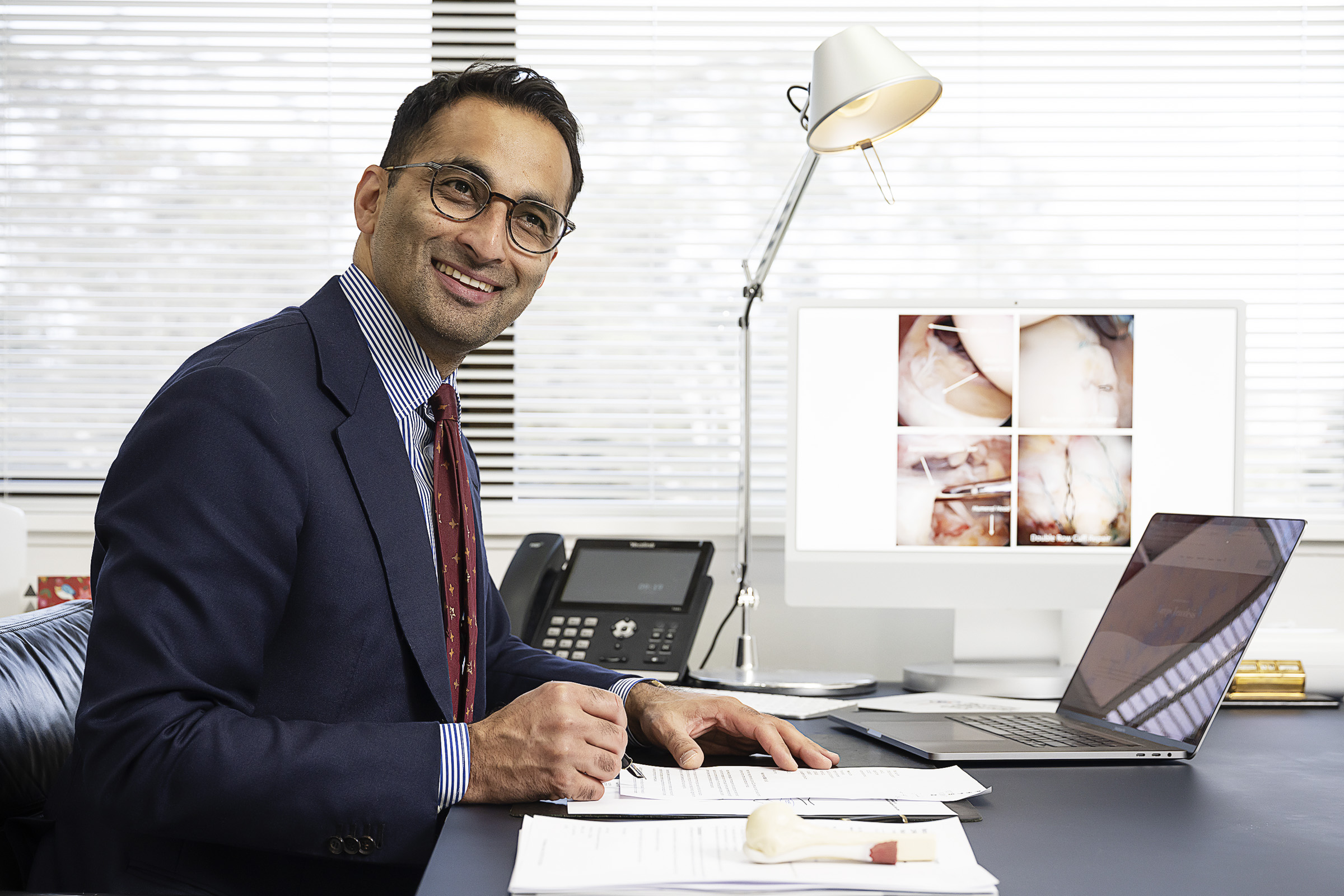
Why Posing Matters in Portrait Photography Posing isn’t about stiff limbs or forced smiles—it’s about bringing out the best in
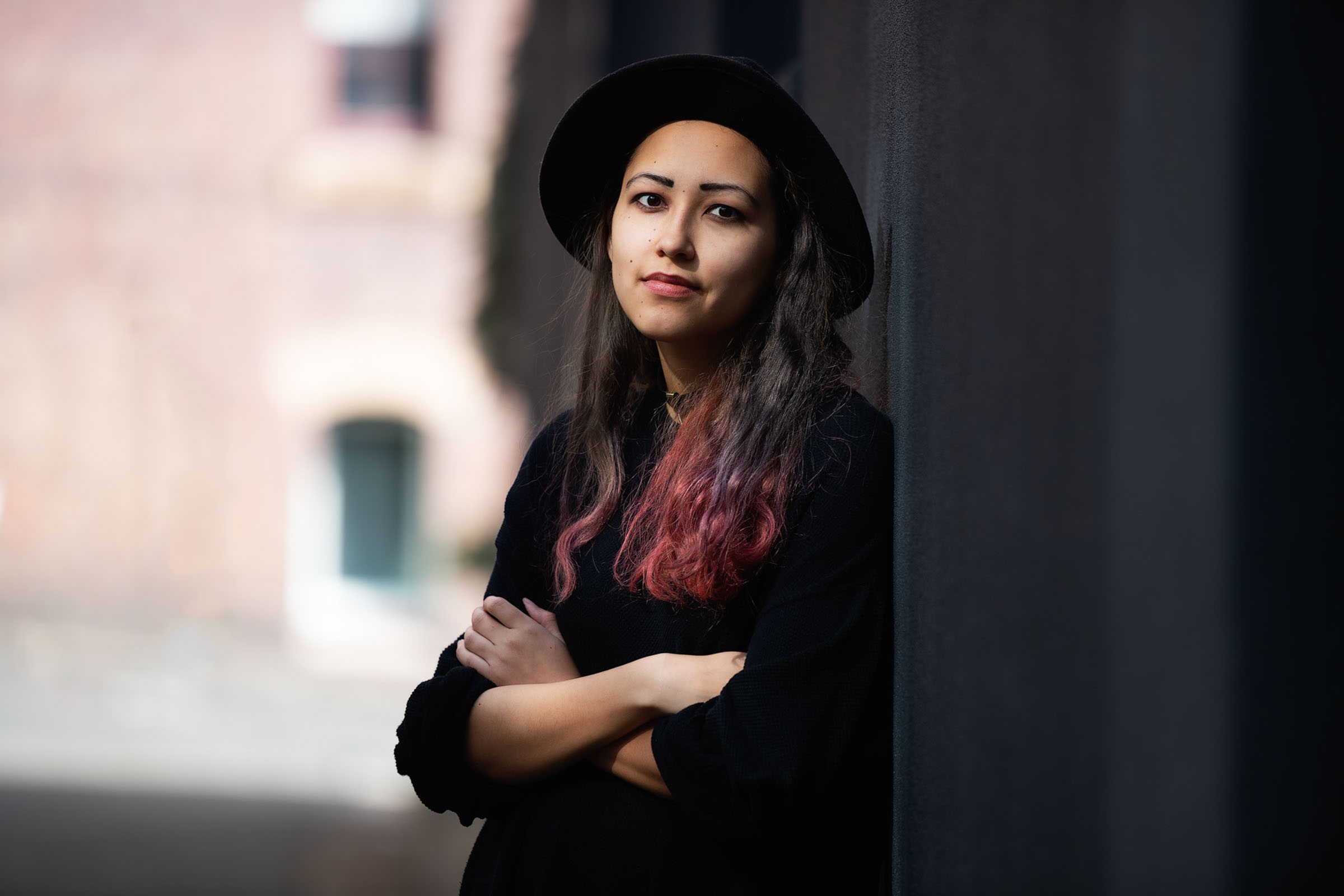
A Beginner’s Guide to Beautiful Lighting Natural light is one of the most beautiful and accessible tools in a portrait

How Do I Balance Flash with Ambient Light Balancing flash with ambient light is a key skill that separates average

A Photographer’s Guide to Creative Expansion In photography, light isn’t just an element—it’s the language we speak.And when it comes
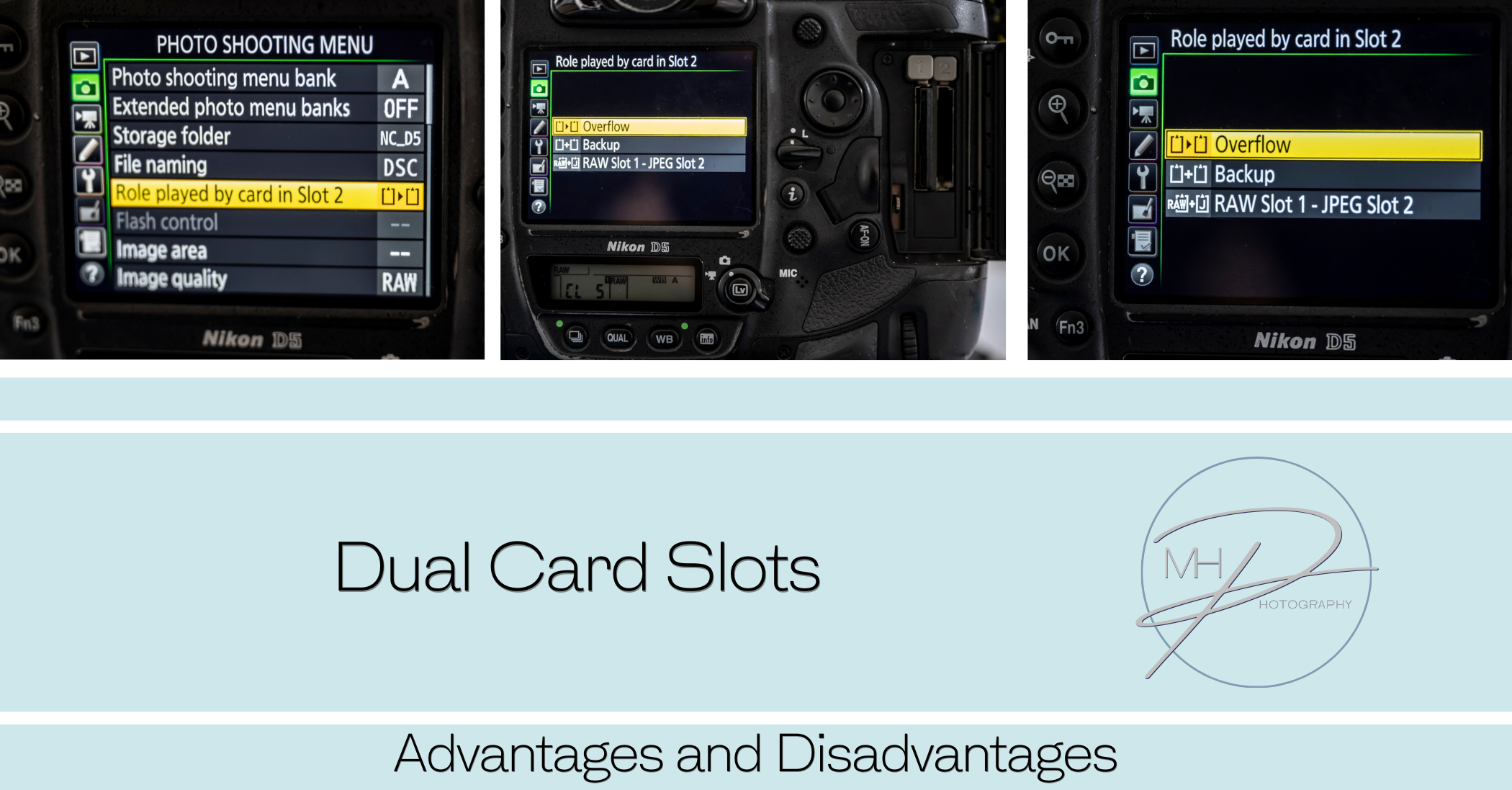
Many professional cameras offer dual card slots, allowing photographers and videographers to use two memory cards simultaneously. This feature enhances
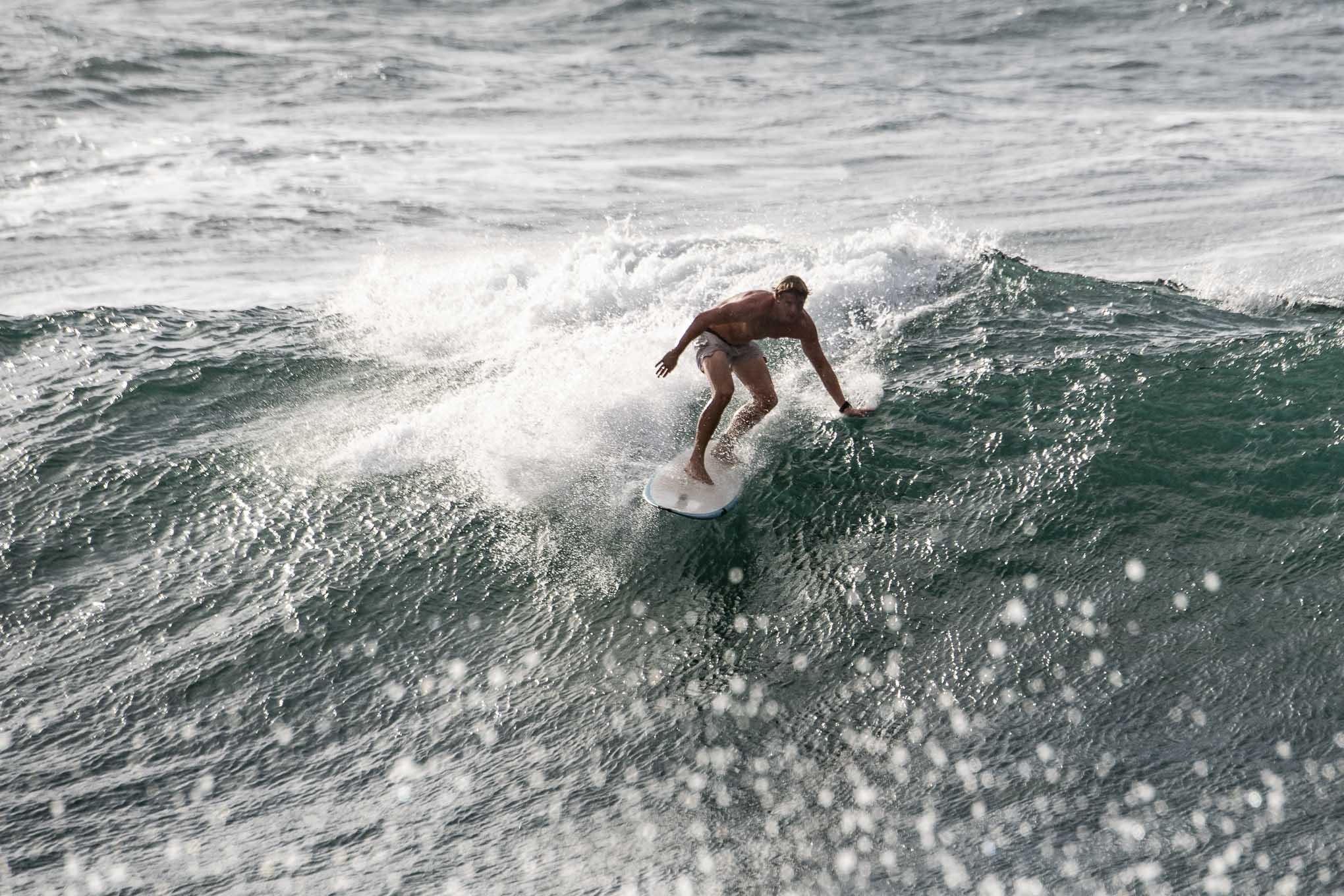
what you need to know Getting sharp images is a combination of good technique, the right settings, and proper camera
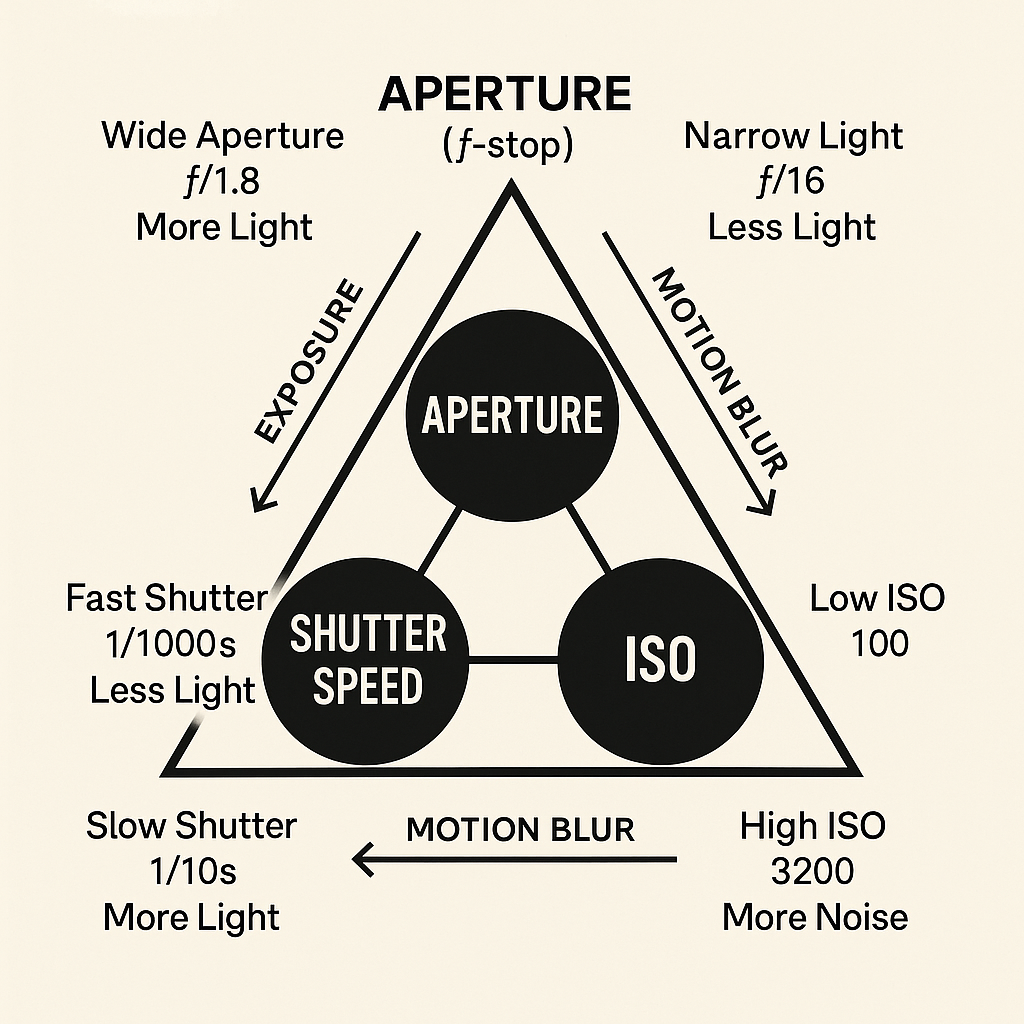
The exposure triangle The exposure triangle is a fundamental concept in photography that explains the relationship between three key elements